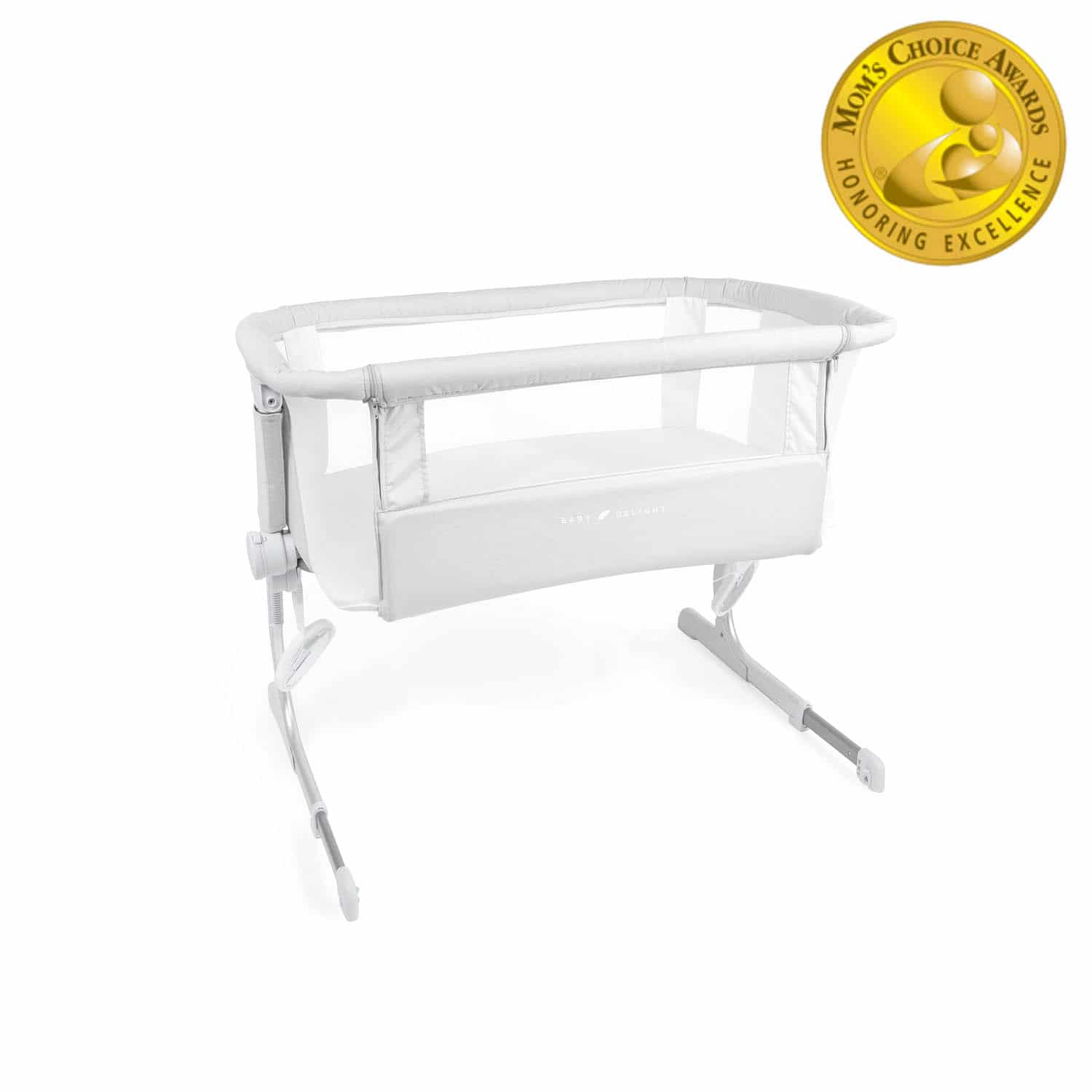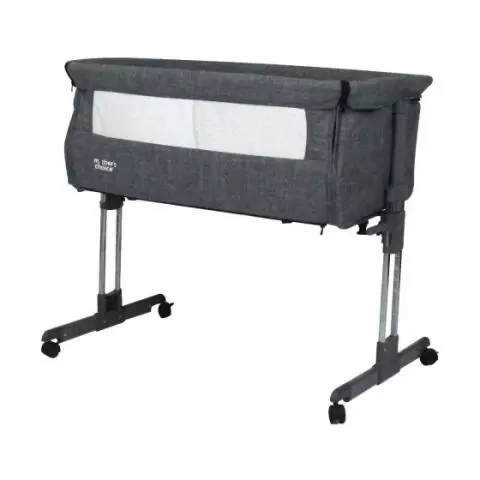This Item Ships For Free!
Choice bassinets sale
Choice bassinets sale, Safest Bassinet for Baby Secure Sleep Solutions StrawPoll sale
4.99
Choice bassinets sale
Best useBest Use Learn More
All AroundAll Around
Max CushionMax Cushion
SurfaceSurface Learn More
Roads & PavementRoads & Pavement
StabilityStability Learn More
Neutral
Stable
CushioningCushioning Learn More
Barefoot
Minimal
Low
Medium
High
Maximal
Product Details:
Amazon Dream On Me Karley Bassinet in Black Lightweight sale, Beside Me Dreamer Bassinet Bedside Sleeper Charcoal Tweed sale, How to Choose Your Bassinet Boori Boori Australia sale, 9 Best Baby Bassinets of 2024 sale, The 6 Best Bassinets and Bedside Sleepers of 2024 Reviews by sale, How we test bassinets and bedside sleepers CHOICE sale, 13 Best Baby Bassinets for Safe Sleeping in 2024 sale, Cloud Baby Bassinet Ultimate Baby Bed Bed Sleeping Bag Height sale, Bassinet safety CHOICE says these Aussie cribs are unsafe sale, MCA Store Bedside Bassinet sale, Best Bassinets of 2024 sale, Lullaby Bedside sleeper Mother s Choice sale, The 5 Best Bassinets Tested by GearLab sale, Beside Me Dreamer Bassinet Bedside Sleeper Driftwood Grey sale, Ecosprout New Zealand The Malawi Bassinet is from The Nursery sale, Safest Bassinet for Baby Secure Sleep Solutions StrawPoll sale, Dream On Me Karley Bassinet in Cool Grey Lightweight Portable sale, Amazon Papablic 2 in 1 Bonni Baby Bassinet Bedside Sleeper sale, CHOICE In alarming news for families CHOICE testing has sale, Mother s Choice Coco Bassinette sale, Lullaby Bedside sleeper Mother s Choice sale, Consumer group Choice claims some bassinets pose a serious sale, Mother s Choice Coco Bassinet Bassinet Furniture Rocking bassinet sale, Jengo Oakleigh Bassinet Review Bassinet and bedside sleeper CHOICE sale, 4baby Dreamy Bassinet Review Bassinet and bedside sleeper CHOICE sale, The 6 Best Bassinets and Bedside Sleepers of 2024 Reviews by sale, Childcare Osmo Bassinet Review Bassinet and bedside sleeper CHOICE sale, Buy Mother s Choice Coco Bassinet Air Mesh White at Mighty Ape NZ sale, Kmart Anko Bassinet with Canopy Review Bassinet and bedside sale, Mother s Choice Coco Bassinette Air Mesh Flow Basket Walnut buy sale, Fisher Price Soothing View Bassinet Review Bassinet and bedside sale, Mother s Choice Coco Bassinet Baltic sale, How to buy a bassinet CHOICE sale, More baby bassinets fail CHOICE safety tests sale, Mothers Choice Coco Review Bassinet and bedside sleeper sale, Product Info: Choice bassinets sale.
- Increased inherent stability
- Smooth transitions
- All day comfort
Model Number: SKU#7451209





